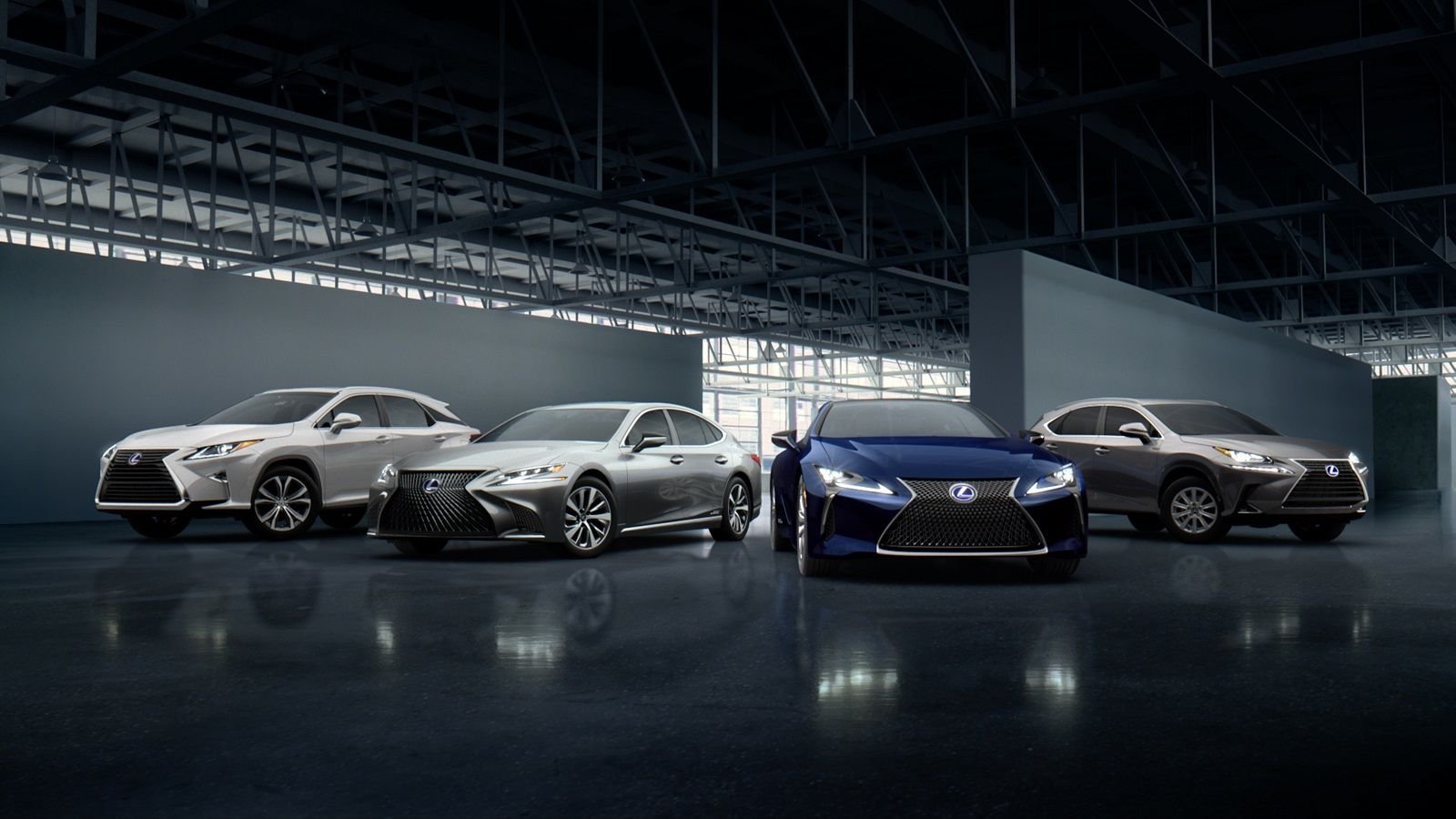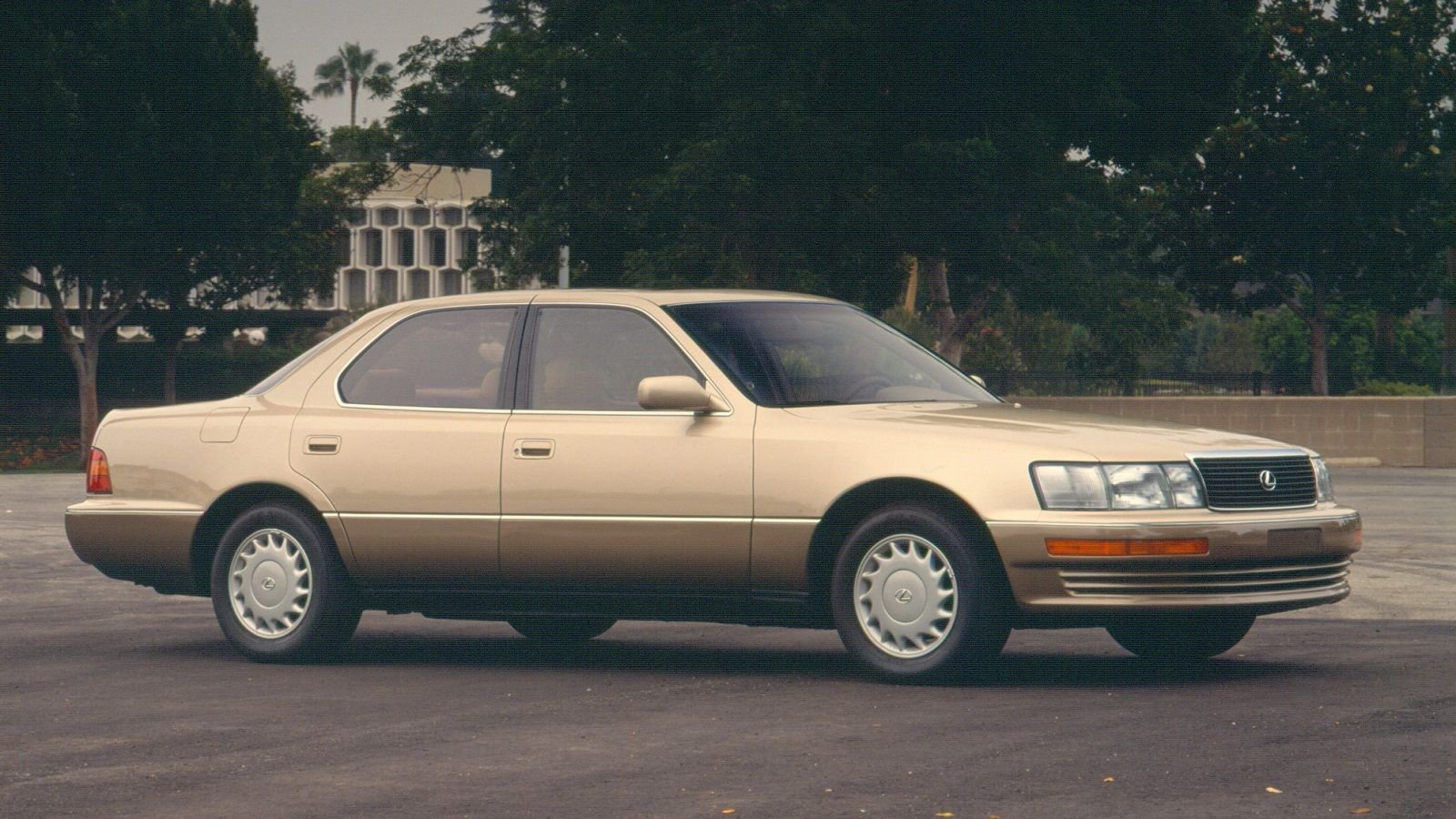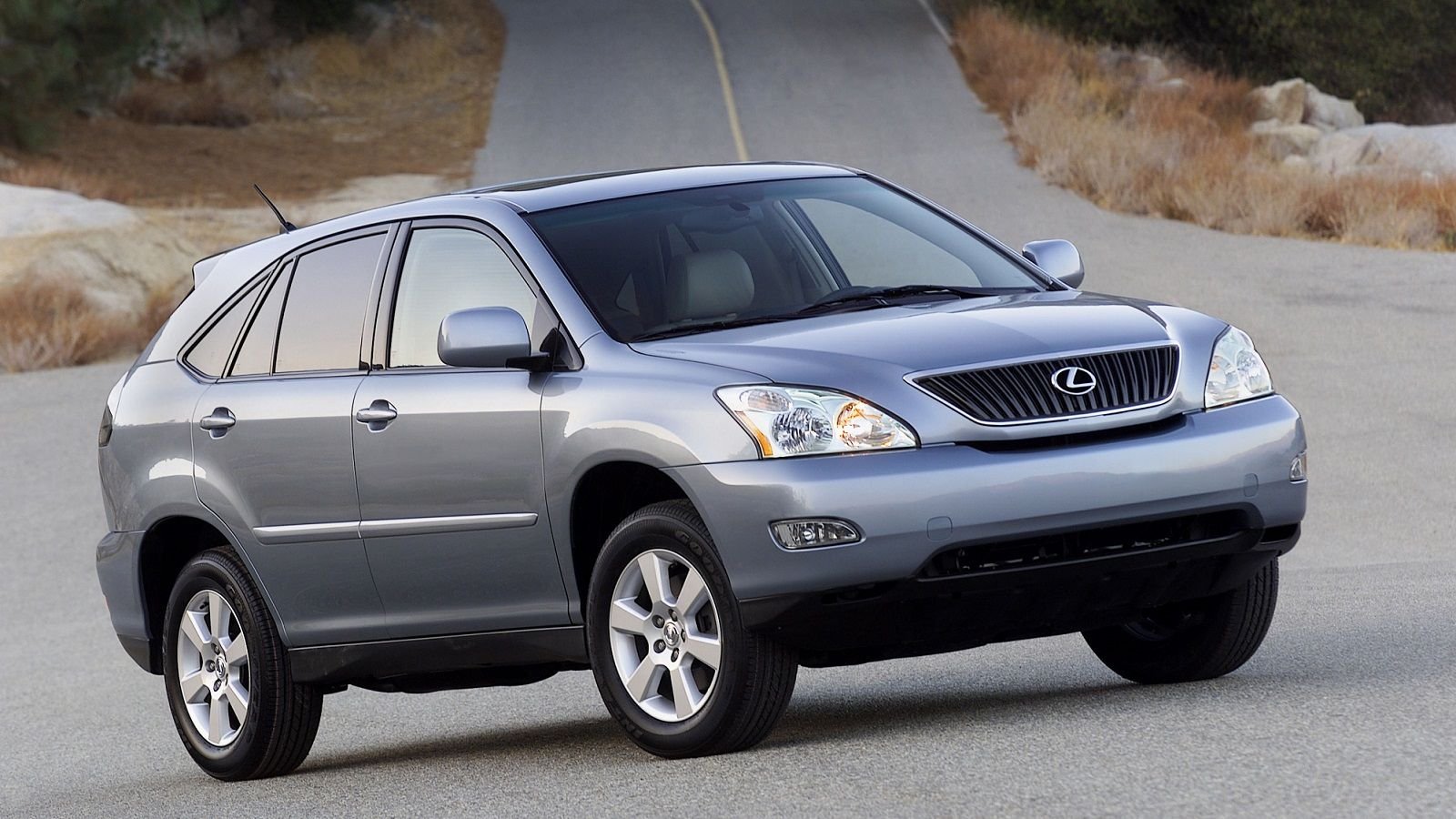10 Incredible Lexus Facts Most People Don't Know!
We picked ten of the most incredible Lexus facts that have helped shaped the past, present, and future of the brand.






















Intro
The Lexus brand has now been around for nearly 35 years. Unless you happen to be on the Lexus senior leadership team, it is unlikely that you have been able to keep track of all the fascinating developments around the Lexus brand for the last three and a half decades. With that in mind we took a stroll back through Lexus history and selected ten incredible facts that many of you may not know. We start with the early days of the company and proceed right through to what the future of Lexus will look like. By the time you get to the end of this article you will know more about Lexus than you ever had.
Images: Lexus
10. Lexus Began as a Secret Project in 1983
A Japanese team consisting of thousands of engineers, designers and technicians was given a task in 1983 to create a new breed of luxury car. It was to take on the established brands from Germany in terms of performance and luxury. But it had to be more reliable and less expensive. The team worked in secret until in 1989 Lexus launched two sedans, the LS 400 and ES 250. At that point the world was put on notice.
9. Original LS 400 Cost $1 Billion to Develop
The ES 250 was a luxury Toyota Camry. But the LS 400 was a brand-new concept in the world of luxury sedans. Over 450 prototypes were built. Musical instrument manufacturer Yamaha was brought in to acoustically tune the engine. The engine was so smooth that even at 145 mph it would not disturb the champagne glasses stacked on its hood as proven in the iconic Lexus TV commercial. It may have cost $1 billion but the investment was worth it.
8. By 1991 Lexus Outsold Mercedes and BMW
We say the $1 billion investment was worth it because, by 1991, Lexus outsold both Mercedes-Benz and BMW. At that point, Mercedes-Benz had been selling cars in the U.S. for 26 years, and BMW for 35 years. Yet after just three years in the U.S. market Lexus had topped both German rivals.
7. 2003 RX 330 Was First Lexus Built Outside of Japan
For the first 13 years of Lexus existence every vehicle was produced in Japan. Then in 2003 the Lexus RX 330 became the first to be built outside the country. It was built at Toyota Motor Manufacturing Canada, Inc. (TMMC) in Cambridge, Ontario. This plant in Canada was the first to ever produce a Lexus model outside of Japan.
6. Lexus Brand Didn’t Exist in Japan Until 2005
Speaking of Japan. Even though for over a decade all Lexus vehicles were built in Japan, the Lexus brand did not exist there. In the early years the German cars were seen as the true luxury brands in the country of Japan, so parent company Toyota did not think it made sense to launch Lexus there. But in 2005 that changed, and the first Lexus-badged vehicles were finally sold in Japan.
5. Takumi Craftmanship
Takumi master craftsman oversee Lexus manufacturing. That is much more impressive than it may sound. In Japan, becoming a Takumi requires 60,000 hours of refining your skills. That means if you worked 8 hours a day, 250 days a year, it would take you 30 years to become a Takumi. A couple of years ago, Lexus distributed a documentary on Amazon Prime called Takumi: A 60,000-hour story on the survival of human craft. The film illustrates just how much dedication it takes to achieve this level of expertise.
4. The LFA Took Ten Years to Develop
There are so many fascinating facts around the LFA that we probably could have made this whole list just around the incredible Lexus supercar. Development of the LFA began back in 2000. The first prototype was revealed in 2003. Testing on the famed Nürburgring Nordschleife began. But then sometime around 2006 Lexus decided to scrape the aluminum platform and switch to a carbon fiber platform. This of course delayed the project and cost Lexus a fortune in R&D costs. The car didn’t enter production until late in 2010.
3. Lexus Lost Money on Every LFA Sold
The MSRP for the LFA was an eye-watering $375,000. For some context, at the time the most expensive new Ferrari for sale was the 599 GTB which was about $50,000 less than the Lexus. Yet, even at this stratospheric price point, Lexus still lost money on every single LFA that they sold. Building a ground-up new supercar from carbon fiber is not cheap. Of course, today these cars trade hands for three times their original MSRP.
2. Lexus Racing Led to F Performance Line
At the 1999 Motorola Cup North American series Lexus Racing debuted when they campaigned a GS 400 race car. That led to quite a few successful racing accomplishments over the years such as three consecutive Rolex 24 Hour at Daytona victories as well as wins at the Baja 1000 and even a class win at Pike’s Peak. What it also led to was the development of superior street-performance vehicles. In 2006 Lexus filed a trademark application for the “F” emblem.
Bonus interesting fact for you:
The design is derived from the Fuji Speedway which is where the Lexus performance vehicles are tested. The speedway is F-shaped. A year later the 2008 Lexus IS F debuted at the North American International Auto Show. The F Sport Performance line also debuted that year at SEMA for the IS 250 and IS 350 sedans. The rest is history.
1. All North American Lexus Models to be BEV by 2030
If you live in North America, you have seven more years to buy a new Lexus with an internal combustion engine. Lexus has announced that by the year 2030 all Lexus models will be BEVs in North America, Europe and China. Lexus has been an innovator since 1989 and they seem determined to remain that way. It is a lofty goal to phase out all non-BEVs by 2030. But based on what we have seen from Lexus over the past 30+ years, we have no reason to doubt them.
